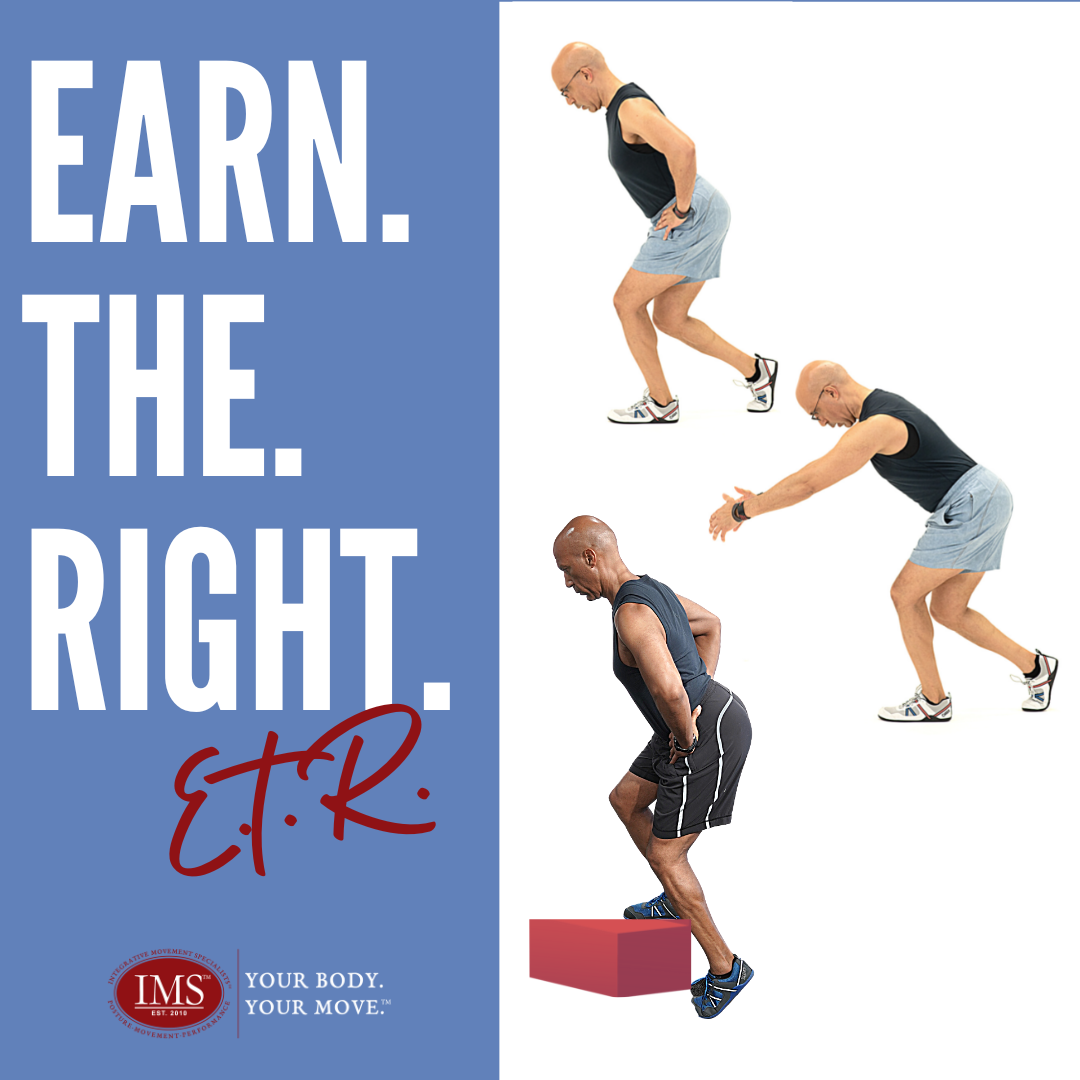Great exercise for balance, walking, and running.

Over the last two newsletters, we have looked at plank and squat progressions and challenged you to do them optimally and earn the right to move on to the next level of progressions. This time we will look at the split squat which progresses to step-ups.
The split squat progression is a great way to train, the legs, glutes, as well as, balance, walking, running, and more when performed optimally.

Be sure to set up and check your setup before each set:
- Think length through the back of your head, and set your foot tripod with your weight balanced between the base of your big toe, the base of the small toe, and the heel.
- Go into a small squat and slide one foot back slightly with the back heel off the ground.
- Most of your weight should be on the front foot in the tripod.
- Inhale to come up - maintaining the weight on the forward foot.
- Exhale to go down - maintaining the weight on the forward foot.
- Stay on the same leg for 8 repetitions.
- Switch to the other leg repeating the step above.
When you have successfully done these, meaning you have not lost any range or quality of motion, then you can move on to the next set it adding a reach and finally doing the motion onto a step.
Remember to always use your ABCs:
A stands for alignment of the joints. As outlined in the photos above, maintain your rib cage in alignment with your hips and pelvis even when you move by bending through the hip joints. When you can do this, it maintains optimal spine alignment, allowing your core muscles to naturally turn on to maintain this posture without having to 'pull' them in. Also, maintain your foot alignment throughout the split squat.
Do this by:
- maintaining your weight mostly on the forward foot
- equal between the base of your big toe, the base of your small toe, and the heel
- keeping the pelvis level and forward
B is for three-dimensional breathing. Breathing in a three-dimensional manner allows you to use your deepest core muscle, the diaphragm, maximally. It also helps support your spine and hip joints during the squat. Try exhaling as you go down and inhaling up with each repetition.
C is for control. Control is when we use the correct effort for the task while maintaining A and B. In the case of the split squat to step up, as pictured here, you should not need to lift your chest, pull your abdominals in or squeeze your glutes.
What you should not feel when performing these patterns:
- knee discomfort
- back discomfort
- feel just your quads working or engaging
If you feel any of the above, stop the exercise and try:
- checking your alignment (refer to pictures and instructions above)
- do not go as deep into the squat or motion
- check that your weight is mostly in the forward leg
- check that your hips and pelvis are forward and level
If none of the above changes what you are feeling, discontinue the exercise. You may need cueing or setup that is individual to your needs.
If you have questions, about this exercise or any exercises we cover, reach out. We can help.
How you perform your exercises, has a large influence on your posture and how you move through your daily life. That is why we stress the importance of exercising in a way that supports your body's overall health.

